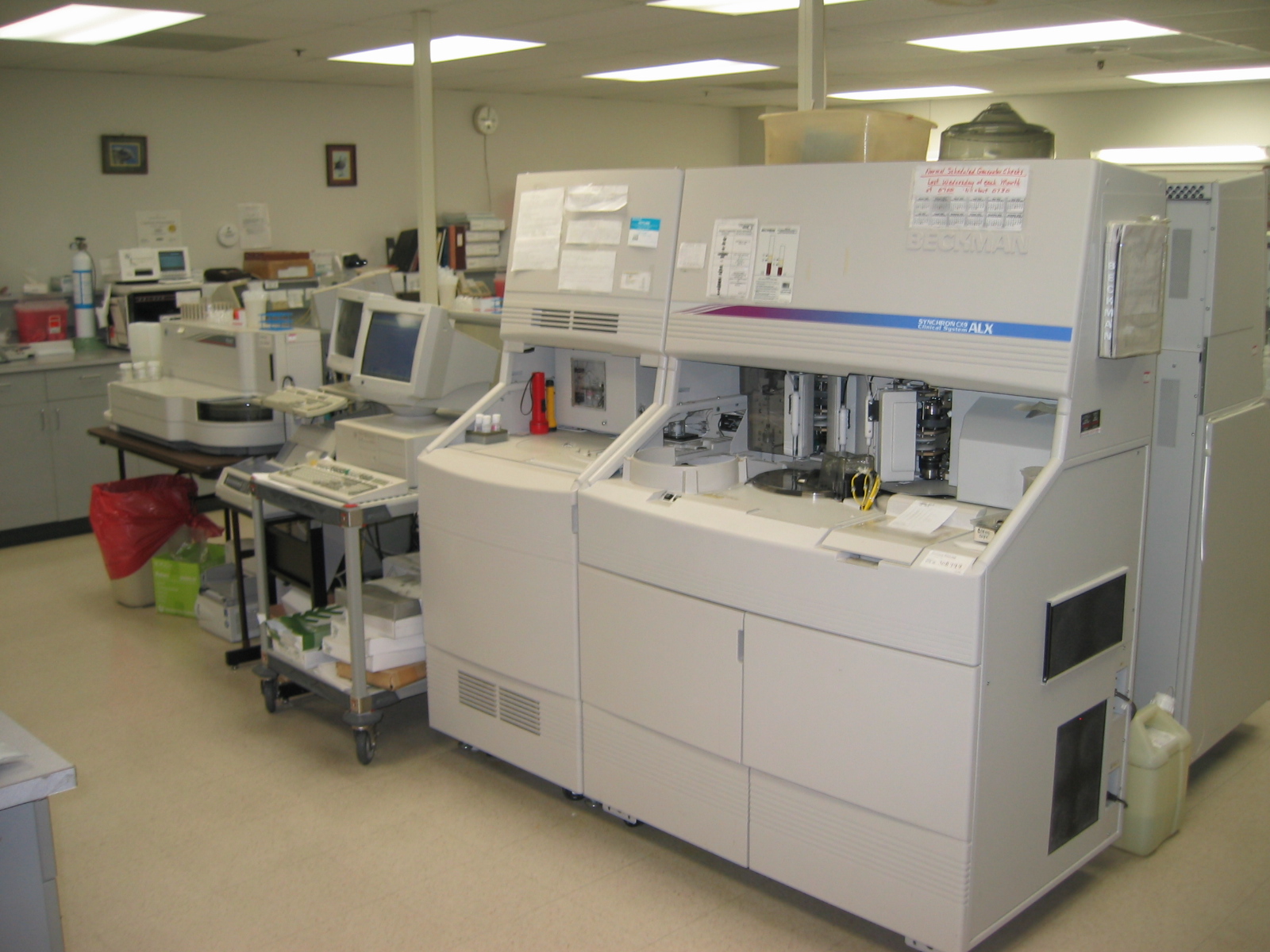User:Shawndouglas/sandbox/sublevel1
Laboratories acquire data management software for many reasons, including improving accuracy, saving time, increasing productivity, and adding capabilities. One way of doing all of those activities is to integrate or interface your systems, databases, and instruments so that human error is greatly reduced or eliminated, workflows are automated and sped up, and each component's capabilities are brought into play in the most efficient and effective ways possible. As such, you'll want to inquire with the vendor about its solution's hardware and software integration capabilities. Is it designed to interface with every laboratory instrument or software that can output any readable electronic file? Or are integrations limited to certain instruments and systems? How does it connect, i.e., what protocols does the software depend on to connect with other systems? Does the system allow a user to map their own file imports and exports? Can system processes be set to detect new instances of file outputs at regular intervals? Ask these and other questions to make sure the vendor clearly describes what internal and external integrations are supported with their application.
In many cases, a vendor's solution will have integration capability built into the software, but occasionally such interfaces are separate from the main software. Today's interfaces are generally built on standardized communication tools, including messaging formats like Health Level 7 (HL7).[1][2] The HL7 messaging standards are particularly important to laboratory data management because they define how information is packaged and communicated from one party to another. Such standards set the language, structure, and data types required for seamless integration of various systems and instruments.[3] Health Level 7 describes the types of information communicated between such systems in the clinical environment as including "process control and status information for each device or analyzer, [as well as] each specimen, specimen container, and container carrier; information and detailed data related to patients, orders, and results; and information related to specimen flow algorithms and automated decision making."[4]
You may also want your laboratory informatics solution to be able to communicate with other software and databases. This is often done using application programming interfaces (APIs) that depend on web services implementation protocols such as REST and SOAP.[5][6][7] These messaging protocols actually allow for the creation of an API that receives communication requests and sends responses between two software systems. A more practical example is wanting your laboratory informatics solution to communicate with an enterprise resource planning (ERP) application. Perhaps the ERP system needs to create sample batches within the informatics solution, and when testing is done, have the results returned to the ERP. APIs and communication protocols make this happen.[6]
References
- ↑ Sinard, J. (2006). Practical pathology informatics: Demystifying informatics for the practicing anatomic pathologist. Springer Science+Business Media. ISBN 9780387280585. https://link.springer.com/book/10.1007/0-387-28058-8.
- ↑ MLO Staff (1 August 2012). "Interfacing the LIS". Medical Laboratory Observer. Endeavor Business Media, LLC. https://www.mlo-online.com/home/article/13004490/interfacing-the-lis. Retrieved 18 November 2021.
- ↑ Kim, Katherine (July 2005). "Creating Clinical Data Standards in Health Care: Five Case Studies" (PDF). California HealthCare Foundation. Archived from the original on 14 January 2017. https://web.archive.org/web/20170114055221/http://www.kathykim.com/sitebuildercontent/sitebuilderfiles/ClinicalDataStandardsInHealthCare.pdf. Retrieved 10 January 2020.
- ↑ Health Level Seven International (2011). "HL7 version 2.7 standard: Chapter 13 - Clinical laboratory automation". Archived from the original on 11 July 2017. https://web.archive.org/web/20170711070938/http://www.hl7.org/implement/standards/product_brief.cfm?product_id=203. Retrieved 18 November 2021.
- ↑ Monus, A. (5 March 2021). "SOAP vs REST vs JSON comparison [2019"]. Raygun. https://raygun.com/blog/soap-vs-rest-vs-json/. Retrieved 18 November 2021.
- ↑ 6.0 6.1 LabVantage Solutions (7 January 2018). "A Quick Guide to LIMS Web Services". LabVantage Solutions, Inc. https://www.labvantage.com/a-quick-guide-to-lims-web-services/. Retrieved 18 November 2021.
- ↑ Grand, A.; Geda, E.; Mignone, A. et al. (2019). "One tool to find them all: A case of data integration and querying in a distributed LIMS platform". Database 2019: baz004. doi:10.1093/database/baz004.










